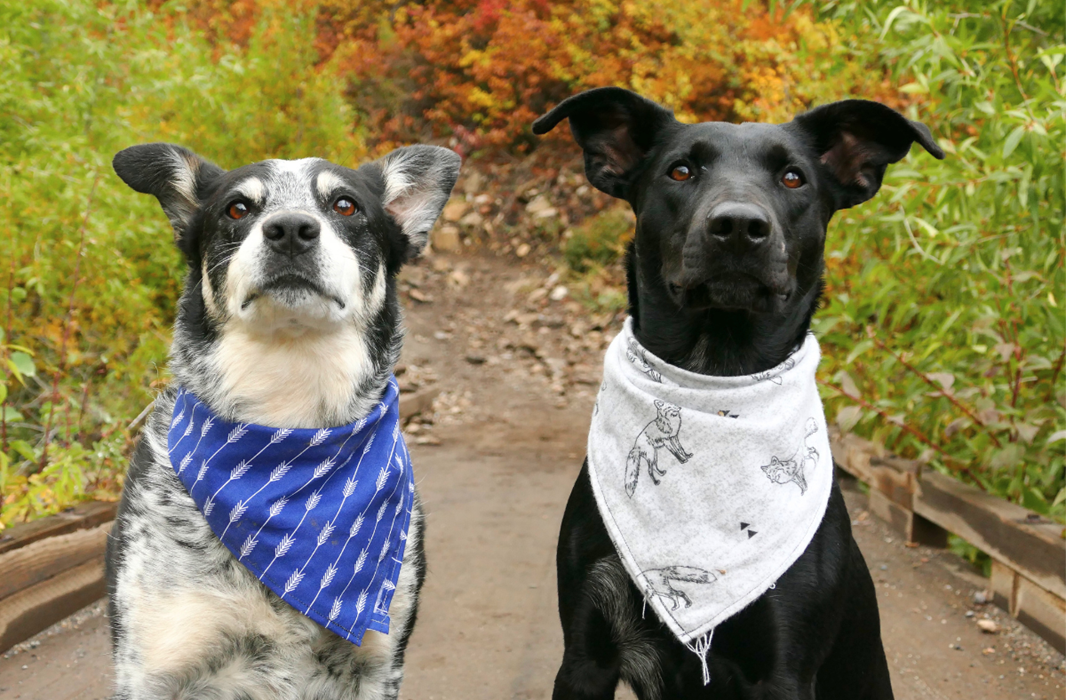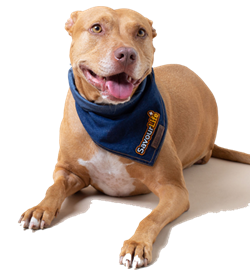
Dog Training Tips from Taylor Wheeler of the Pink Paw Program.
If you have made the wonderful decision to add a new rescue dog to your family and you already have a dog at home, there are few simple steps you can take to ensure a smooth transition, for both your current furry family member and the new arrival.
It's a question often asked; We have a dog at home who has always been the ‘baby’ of the family. How do we introduce a new dog safely and in a way that our current dog won’t feel they have lost their position?
If you’re bringing an adopted dog home, usually your older dog will take to the new arrival fairly well. They won’t feel their position in the ‘family pecking order’ is at risk. As the older dog, he or she will rank higher than the new member, as they should.
When I say “older” I’m referring to your original family member, rescue dogs are sadly surrendered at all ages which may mean that your dog will not be older by age. You should be aware, when bringing home a rescue dog there is a settling-in period where you will need to take some actions to help things along by introducing the dogs safely and harmoniously.

Taylor's Tip #1
Don’t introduce the dogs at home. Introducing them in a neutral environment is best for a number of reasons.
If your dog hasn’t had all their vaccinations yet, be careful of where you choose for your introduction. You may sit out the front of the house where there is minimal dog traffic. Keep both dogs restricted on the lead so you can control the distance between them. If the new dog’s vaccinations are up to date, I would definitely recommend walking them together.
Whenever introducing two dogs, I will always start by walking them at a calm pace. Avoid standing dormant, not allowing the dogs to face each other, they may see this as confrontational; the growling starts, their bodies tense up and the hackles start to rise. We don't want the dogs to feel there's a challenge, so the best thing to do where possible is connect with two people, two leads and take the dogs for a walk.
This creates a better energy flow promoting calm behaviour.

Taylor's Tip #2
Play games and practice sharing activities. Pick out some toys (around 3) that excite your dog. Introduce these toys to both of the dogs whilst closely monitoring the game and interactions.
This will allow you to reward your dog with positive praise and even treats when they allow the new dog to share their belongings. Remember, dogs can be quite protective of their personal items, as can we at times, so it’s our job to teach our dog that sharing is a desired behaviour and wonderful quality.
This will prevent future resource guarding and eliminate any misunderstanding between the two. For example, when your dog is watching the new fur-member play with a toy, say “Yes!”, and reward your older dog with a treat or just a pat. Then, swap the game around; hand the toy to your older dog and reward the new member in the same fashion.
“ Playing games, even if there are no toys involved, is a great way to keep them both entertained and allow you to monitor how they both handle each other's high energy. Making sure no one is a bit too ‘extra’ for the other.

Taylor's Tip #3
Treat hunts, on the lead around the yard, is good fun and a great exercise that builds rapport between the dogs.
Bring lots of praise and positive vibes to this exercise. One of the main reasons we practice this exercise with dogs on-lead, and preferably with two people, is to be aware of their reaction around food and each other.
We always want to be as safe as possible and understand each dog’s personality so we can help them both grow in the right direction. This exercise will also help your dog adjust to the presence of a new dog whilst self-rewarding during their treat findings. Finally, make sure you keep separate beds and bowls for the dogs.
It's important to keep that separation throughout the house so your older dog does not lose all their privileges that they have received in the past. Remember, losing their bed to another dog would be like being forced to share a bedroom as a kid when you have never had to share before.
Over time they may accept this, but at the start it would be uncomfortable and undesired. Keeping things separate and easy to understand for the dogs will prevent creating any dominant behaviour or the need to resource guard. As you can see, there are many steps (and many more) which you can take to help the process of introductions be as smooth as possible.
If any resource guarding or aggression emerges or is predicted that we recommend keeping all feeding and games separate and to reach out to Pink Paw Program for help by our behavioural team as soon as possible.
For more training tips or to learn more about Taylor Wheeler visit https://www.dogtraininglifestyle.com/
